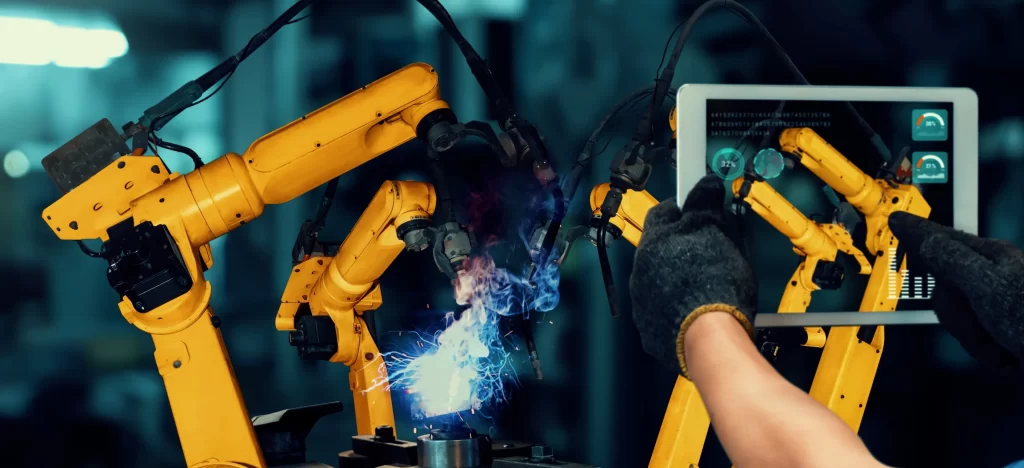Introduction
Factories are entering a new rhythm that includes shorter cycles, smarter assets, and teams working from real-time information. Data once locked inside machines now flows across lines and sites, turning today’s status into tomorrow’s plan.
To keep pace, decision-making must be as real-time as the shop floor itself, with clear views, faster responses, fewer surprises. And this is being made possible with interoperability in IIoT, so everything can communicate reliably.
In this blog, we explore what is interoperability in IIoT and why it matters in operating a modern factory.
Interoperability in IIoT
Interoperability in Industrial IoT (IIoT) is the ability of sensors, machines, PLCs, and enterprise systems to exchange, understand, and act on information reliably. It is a shared language for the shop floor.
This shared language aligns syntax (protocols, payloads) and semantics (meaning, context) so data flows across OT and IT layers without errors. With smooth communication, teams plug in new tools faster, spot issues earlier, and feed clean data to AI that boosts quality, energy use, and uptime.

Interoperability for AI on the Factory Floor
Interoperability is the foundation of effective IIoT. Machines, sensors, and software exchange data through standardized interfaces, a common data model, and consistent timestamps.
For AI analytics, this consistency is critical. Clean and timely data produces reliable features, real-time alerts, and trustworthy recommendations. Without it, teams struggle with silos and brittle integrations, so models are slow to deliver value.
On the shop floor, interoperable data gives operators and engineers a single, accurate view of performance. That clarity helps cut defects, speed changeovers, and reduce energy use. It also improves control and makes it easier to manage access, prove compliance, and scale smart manufacturing and digital transformation.

How Interoperability Powers Industry 4.0
Industry 4.0 is about connected, responsive factories. Interoperability is the rulebook that lets equipment, software, and people exchange and understand data from end to end. When machines and systems share a common way to describe events, measurements, and status, information flows cleanly from the line to planning and service.
With that foundation, IIoT and AI analytics deliver practical wins such as early fault detection, quicker changeovers, and improved quality control. Plants can plug in new tools, bring legacy systems into the network, and reuse solutions across lines and sites.
Interoperability also supports governance and security, helping digital transformation move faster and with less risk.

Conclusion
Interoperability in IIoT is the next big step for manufacturing. When machines and systems share a common language, data stays clean, and decisions get faster. Plants add new tools without disruption and scale proven solutions across sites. Start by standardizing how you communicate and let smarter operations follow.

